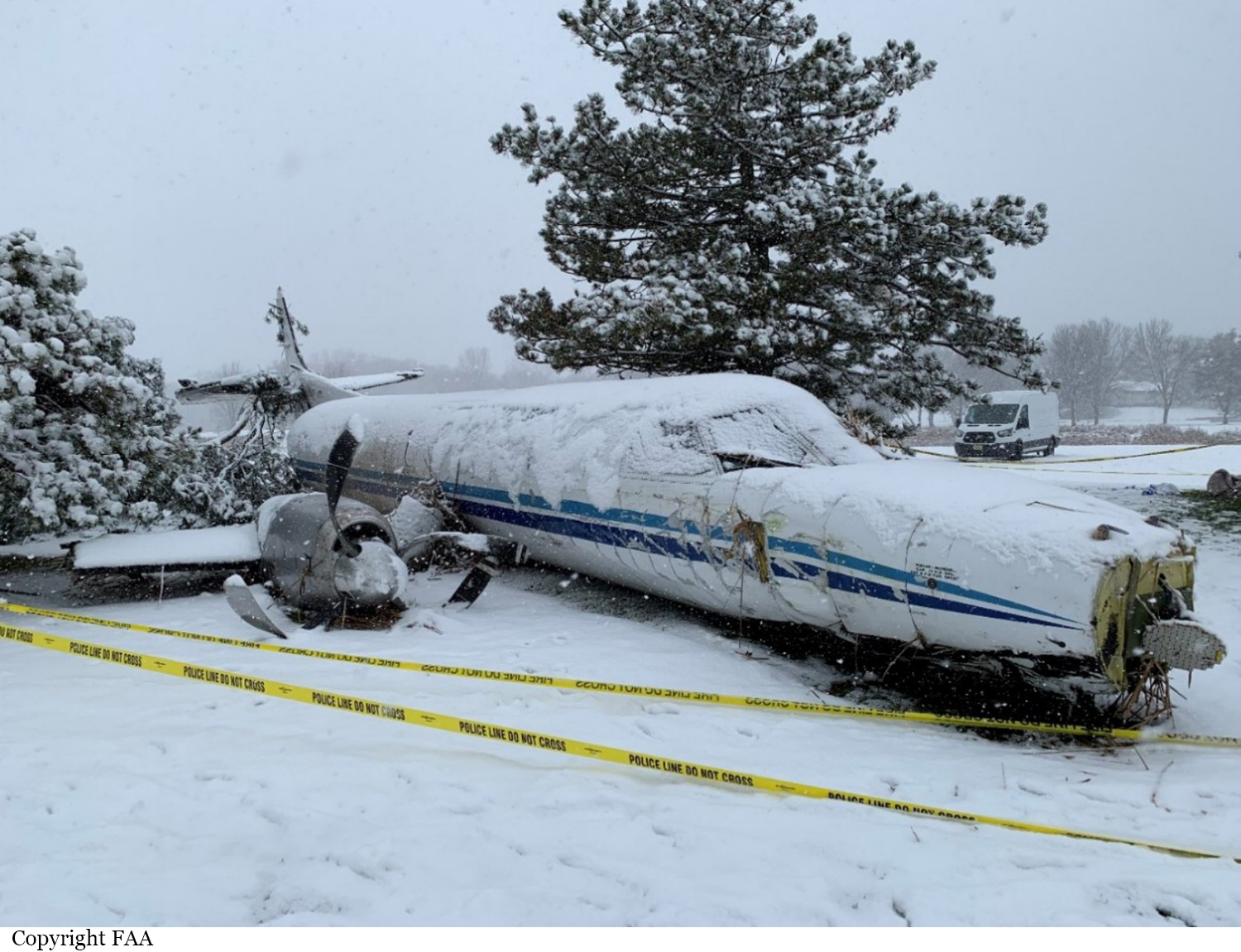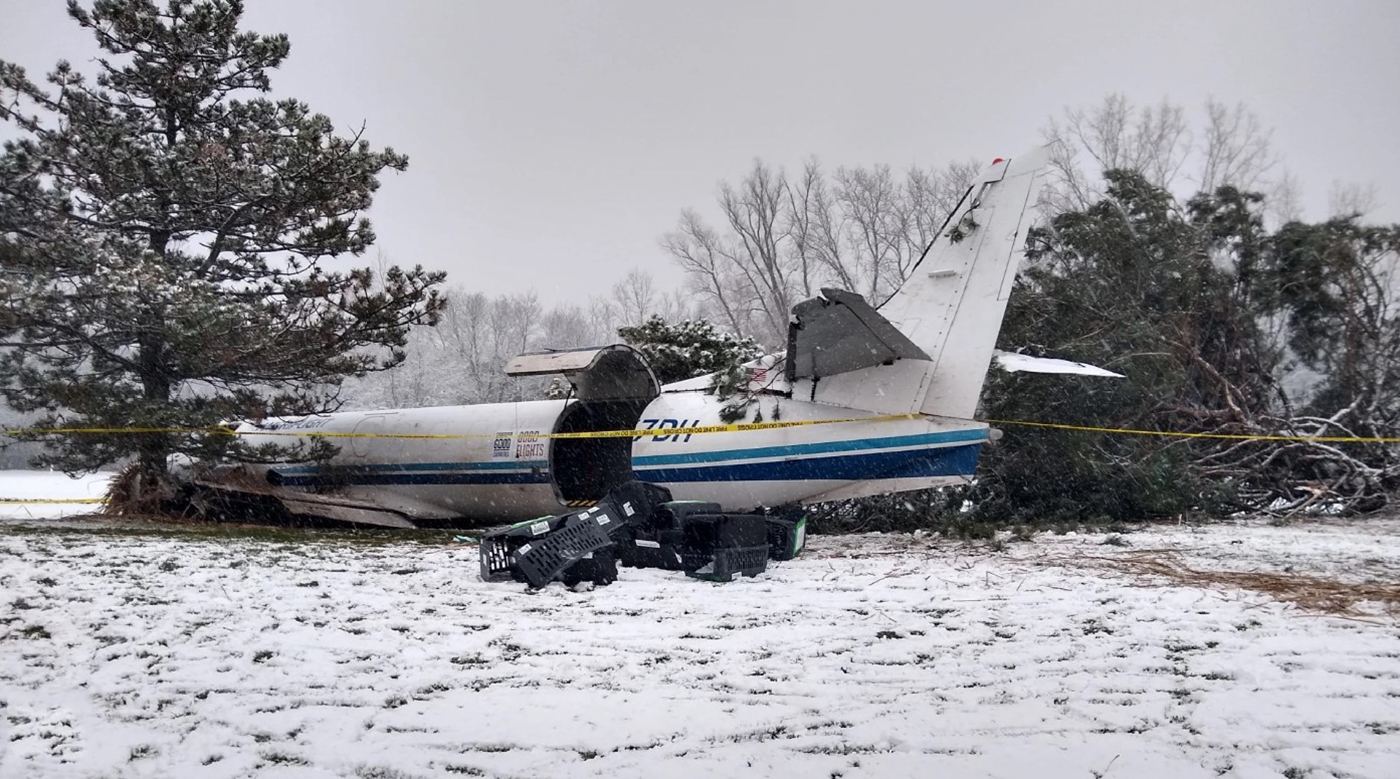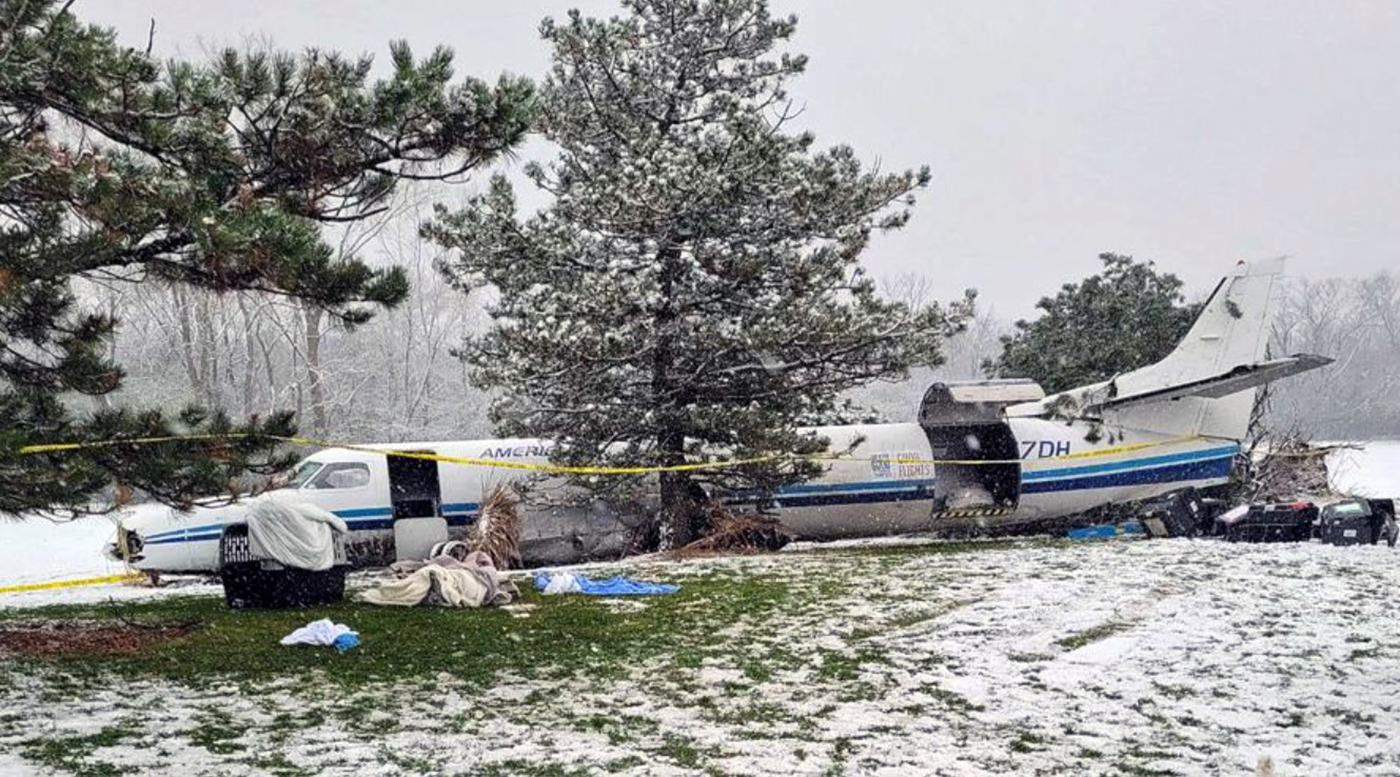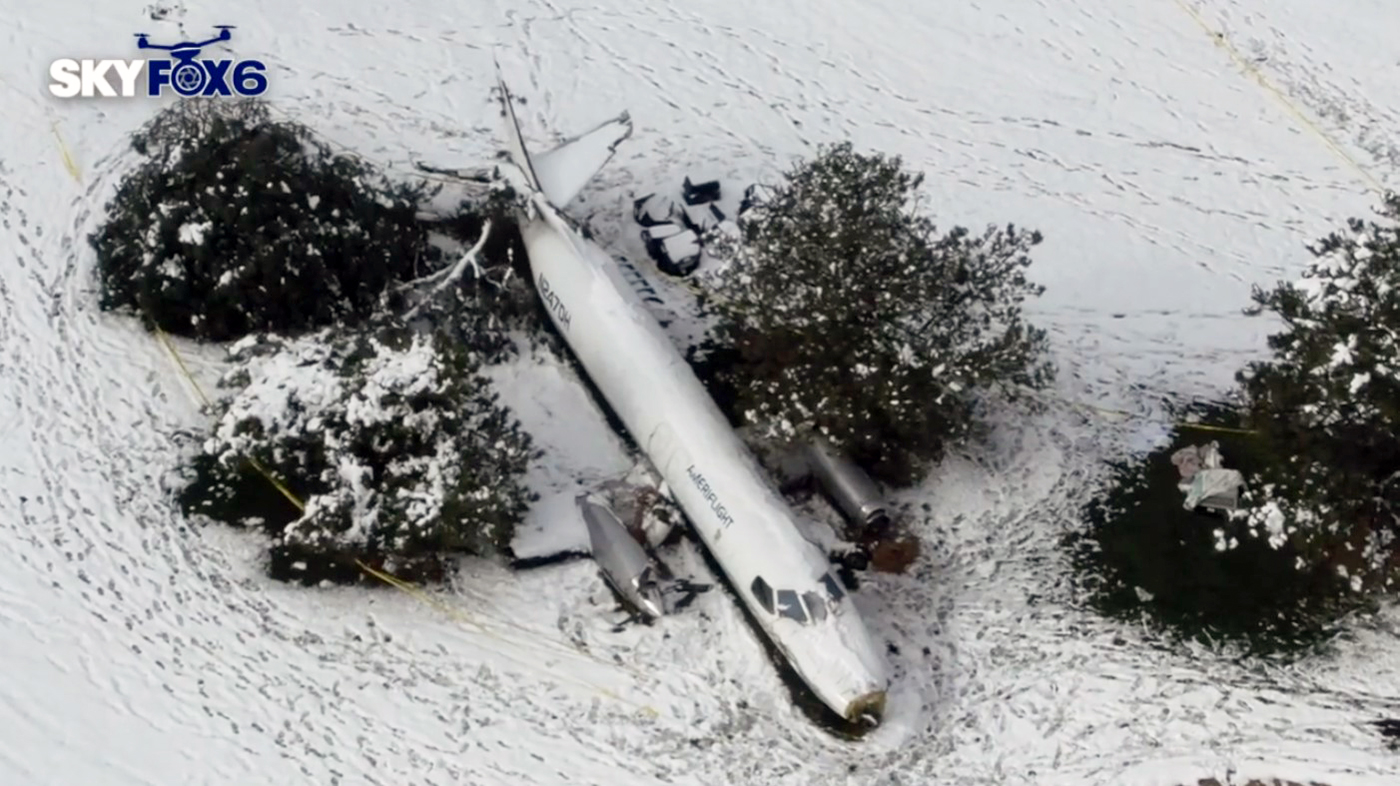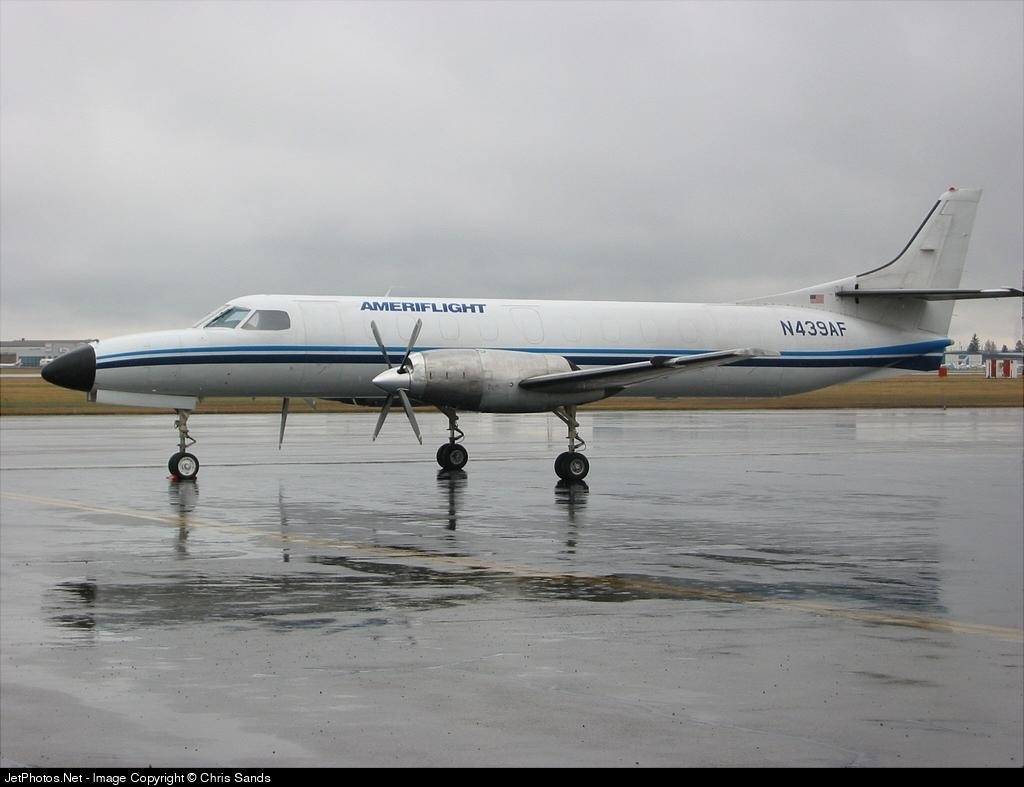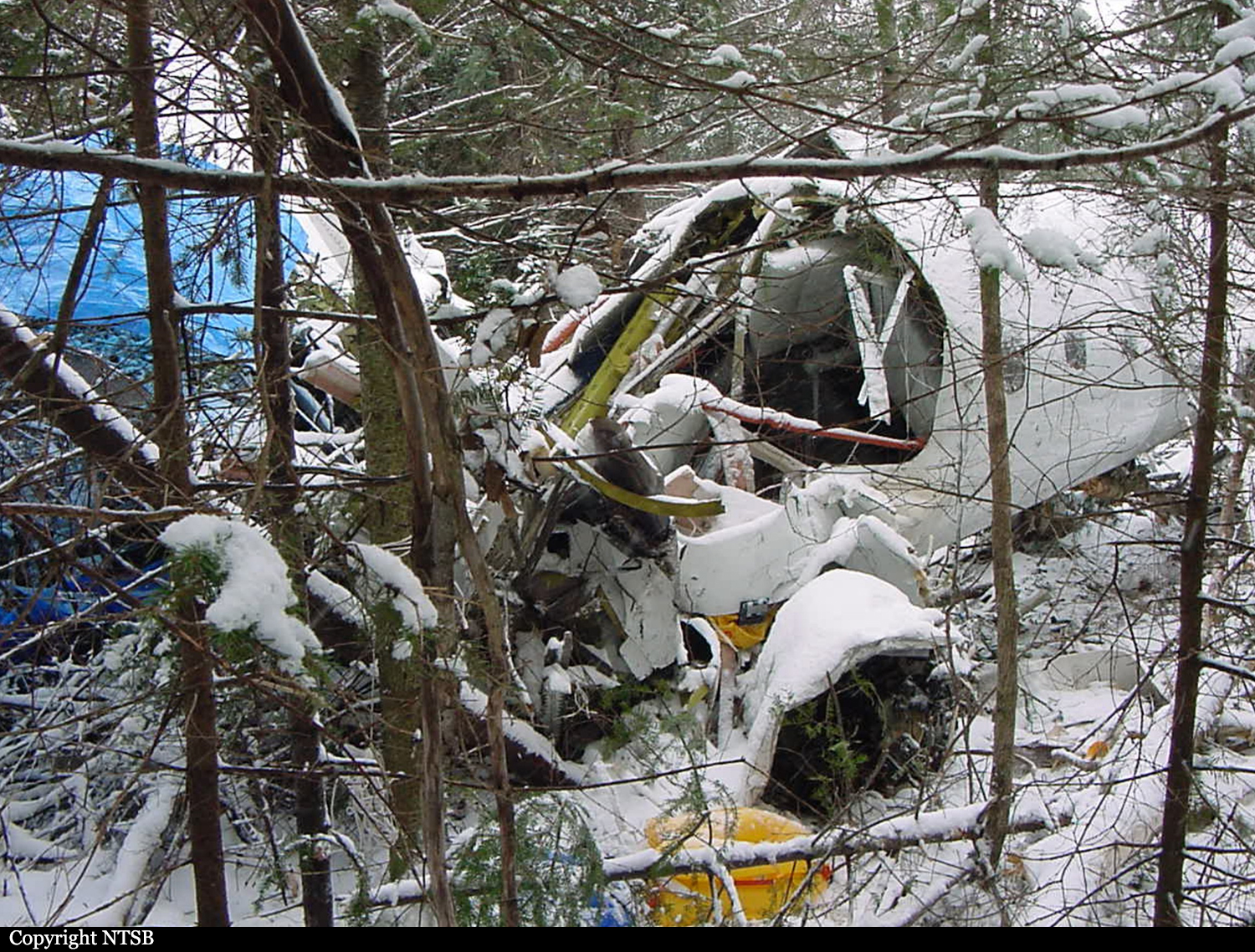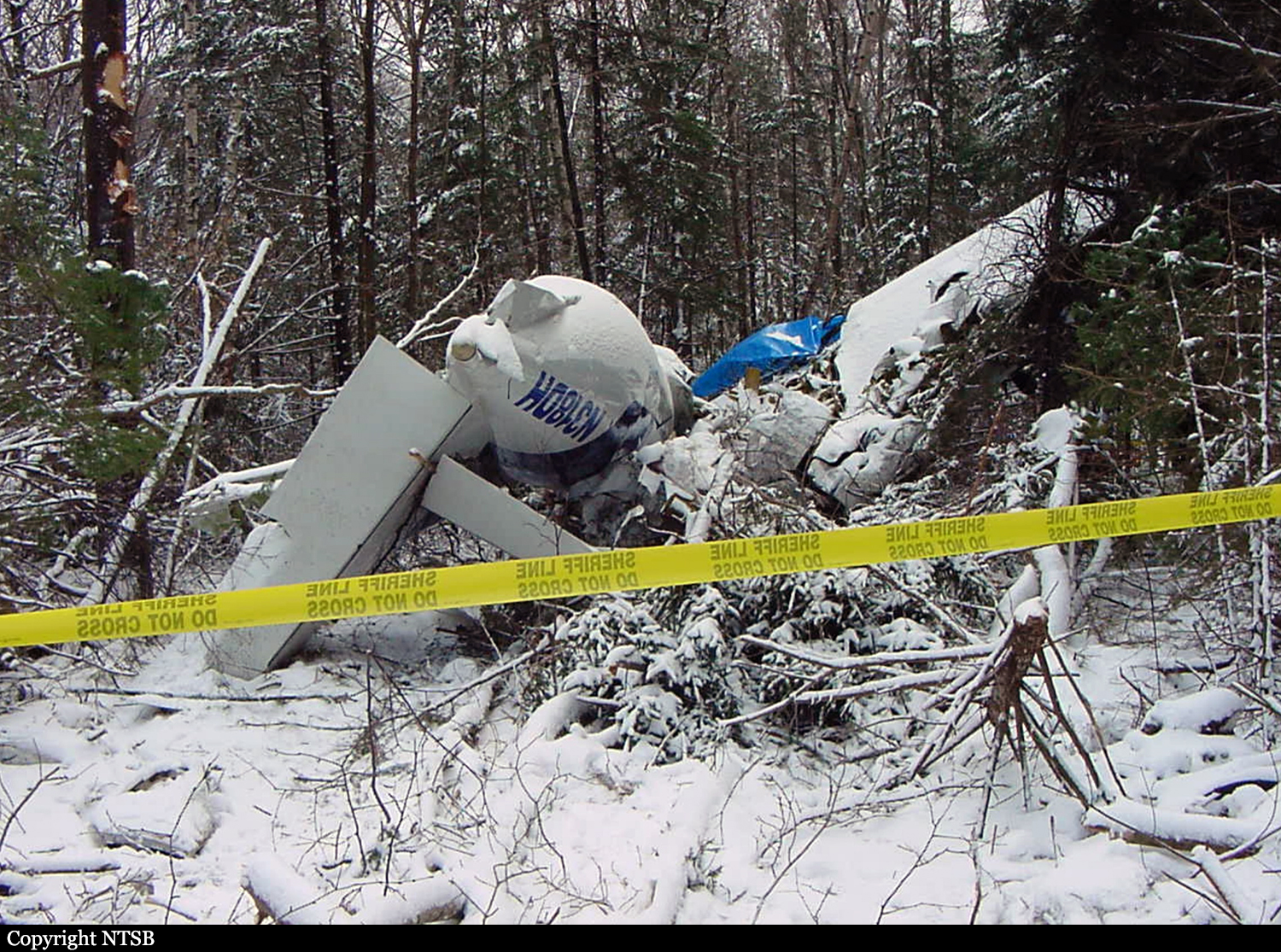Crash of a Swearingen SA227AT Expediter in Waukesha
Date & Time:
Nov 15, 2022 at 1500 LT
Registration:
N247DH
Survivors:
Yes
Schedule:
New Orleans – Waukesha
MSN:
AT-626B
YOM:
1985
Flight number:
AMF7141
Crew on board:
3
Crew fatalities:
Pax on board:
0
Pax fatalities:
Other fatalities:
Total fatalities:
0
Captain / Total hours on type:
1316.00
Copilot / Total hours on type:
537
Aircraft flight hours:
29256
Circumstances:
The flight crew reported that while on an instrument landing system (ILS) approach with the autopilot system engaged in approach mode, they noticed that the airplane flight director indicated a climbing right turn but the airplane was still tracking the localizer and glideslope. The airplane’s ice protection was on, and no visible ice had accumulated. They reported that they disconnected the autopilot, and the airplane suddenly rolled to the right. They attempted to regain control by increasing engine power and applying counteractive control inputs, but the airplane impacted the ground in a near-wings-level attitude. Examination of the airplane’s primary flight control system and engines after the accident did not reveal any defects. The rudder trim was neutral, and the pitch trim was airplane nose up. Aileron trim could not be determined. Examination of the airplane’s autopilot components revealed deficiencies in the yaw damper system that rendered it inoperative; however, on the accident airplane the yaw damper system was an optional component and was not necessary for airplane operation. Testing of the remaining autopilot components revealed some deficiencies that could have degraded performance but would not have resulted in a complete failure of the automatic flight control system. A performance study based on ADS-B data showed that the airplane intercepted the localizer and glideslope for the ILS approach and was descending in a level attitude. While maintaining the ILS approach guidance, the airplane slowed below the 130 knots (kts) airspeed that the crew stated was the desired approach speed. The airspeed continued to slow to about 102 kts when the ADS-B data indicated that the airplane rolled slightly to the right, likely corresponding to the flight crew’s description of events after they disconnected the autopilot. The airplane continued to slow below 100 kts and the airplane was at a bank angle of 27° right wing down. Subsequently, the descent rate increased to over 4,000 ft/min and airspeed increased while ground speed remained between 80 and 90 kts. The airplane rolled sharply to the left. The sudden roll and loss of altitude after reaching a low airspeed was consistent with an aerodynamic stall. Based on the available evidence, the airplane entered an inadvertent aerodynamic stall due to exceedance of the critical angle of attack after the flight crew allowed the airspeed to decay during the instrument approach. Although an unknown anomaly in the flight director system could have resulted in the crew becoming fixated on an errant flight director indication at the expense of airspeed control, the postaccident component examination was not able to explain the errant flight director indication that the flight crew described.
Probable cause:
The flight crew’s failure to maintain adequate airspeed and their exceedance of the airplane’s critical angle of attack during the instrument approach, which resulted in an aerodynamic stall. Contributing to the accident was an undetermined anomaly in the airplane flight director system which resulted in the flight crew likely becoming fixated on the anomaly at the expense of airspeed control.
Final Report:

